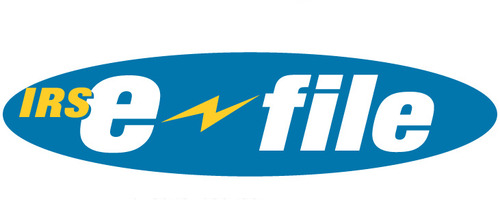
Every Year Last Monday of May is observed as Memorial Day and it is a Federal Holiday in the remembrance of citizen’s who sacrificed their lives serving in the nation’s Armed Forces. Very often people get confused between Memorial Day & Veteran’s Day Memorial Day is a day of remembering the men and women who died while serving, while Veterans Day celebrates the service of all U.S. military veterans.
Like Every Year the IRS Servers will be shut down for Memorial Day & the IRS will not be working during this Shut down period. The IRS Systems will be down beginning Friday, May 26, 2017 at 5:00 p.m. Eastern and ending on Tuesday, May 30, 2017 at 6:00 a.m. Eastern. During this time No tax payer can receive any sort of acknowledgement for their E-filed Tax forms. Continue reading

 It is a known fact
It is a known fact  “We all learn lessons in life. Some stick, some don’t. I have always learned more from rejection and failure than from acceptance and success”- Henry Rollins. Great things happen to those who don’t stop believing, trying, learning, and being grateful. Accept it or not we all have faced rejections in our lives, be it personal or professional. Reasons and circumstances may vary but what makes you a great human being is how you react when you face a rejection.
“We all learn lessons in life. Some stick, some don’t. I have always learned more from rejection and failure than from acceptance and success”- Henry Rollins. Great things happen to those who don’t stop believing, trying, learning, and being grateful. Accept it or not we all have faced rejections in our lives, be it personal or professional. Reasons and circumstances may vary but what makes you a great human being is how you react when you face a rejection. When you have Vehicle identification numbers (VIN) of up to 17 characters with mixed numbers and letters, mistakes happen. For example, you type 5 instead of S. Let’s say that you file form 2290 and pay $550 to IRS and get your Schedule 1 you take it to the DMV or the Carrier, and then you realize that the Schedule 1 has the wrong VIN. What do you do?
When you have Vehicle identification numbers (VIN) of up to 17 characters with mixed numbers and letters, mistakes happen. For example, you type 5 instead of S. Let’s say that you file form 2290 and pay $550 to IRS and get your Schedule 1 you take it to the DMV or the Carrier, and then you realize that the Schedule 1 has the wrong VIN. What do you do?